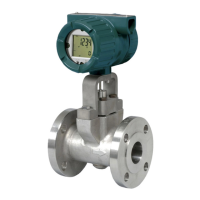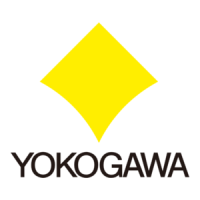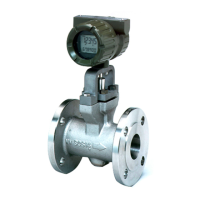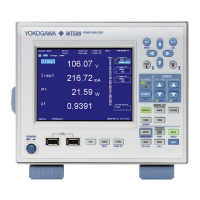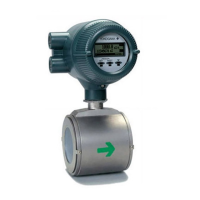2-9
IM 701210-05E
Explanation of Functions
2
2.2 Setting the Horizontal and Vertical Axes
Probe Type <Section 5.6>
For voltage (current) measurement, a probe is normally used in connecting the circuit
being measured to the measurement input terminal. Using a probe has the following
advantages.
• Prevents disturbing the voltage and current of the circuit being measured.
• Inputs the signal with no distortion.
• Expands the voltage range that can be measured by the DL750/DL750P.
When using a probe, the attenuation or current-to-voltage conversion ratio setting on the
module must be set equal to the probe attenuation on the DL750/DL750P so that the
measured voltage can be read directly.
The probe attenuation of each probe (accessory sold separately) is set as follows:
• Voltage probe (700929): 10:1
• Current probe (700937/701933): 10 A:1 V
• Current probe (701930/701931): 100 A:1 V
• Voltage differential probe (700924): 1000:1, 100:1
• 10:1 passive probe for the DL750/DL750P: 10:1
The DL750/DL750P has the following attenuation settings: 1:1, 10:1, 100:1, 1000:1, 10
A:1 V
1
, and 100 A :1 V
2
. If you are using a probe other than the ones provided as
accessories (sold separately), set the attenuation ratio on the DL750/DL750P according
to the attenuation of the probe.
1. Output voltage rate: 0.1 V/A
2. Output voltage rate: 0.01 V/A
Note
Use a probe that matches the input capacity of each module. Otherwise, the capacity cannot
be adjusted.
Bandwidth Limit <Section 5.7>
The bandwidth can be limited on each module. By limiting the bandwidth, you can
eliminate the noise components from the input signal for waveform observation.
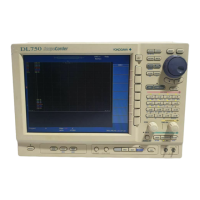
